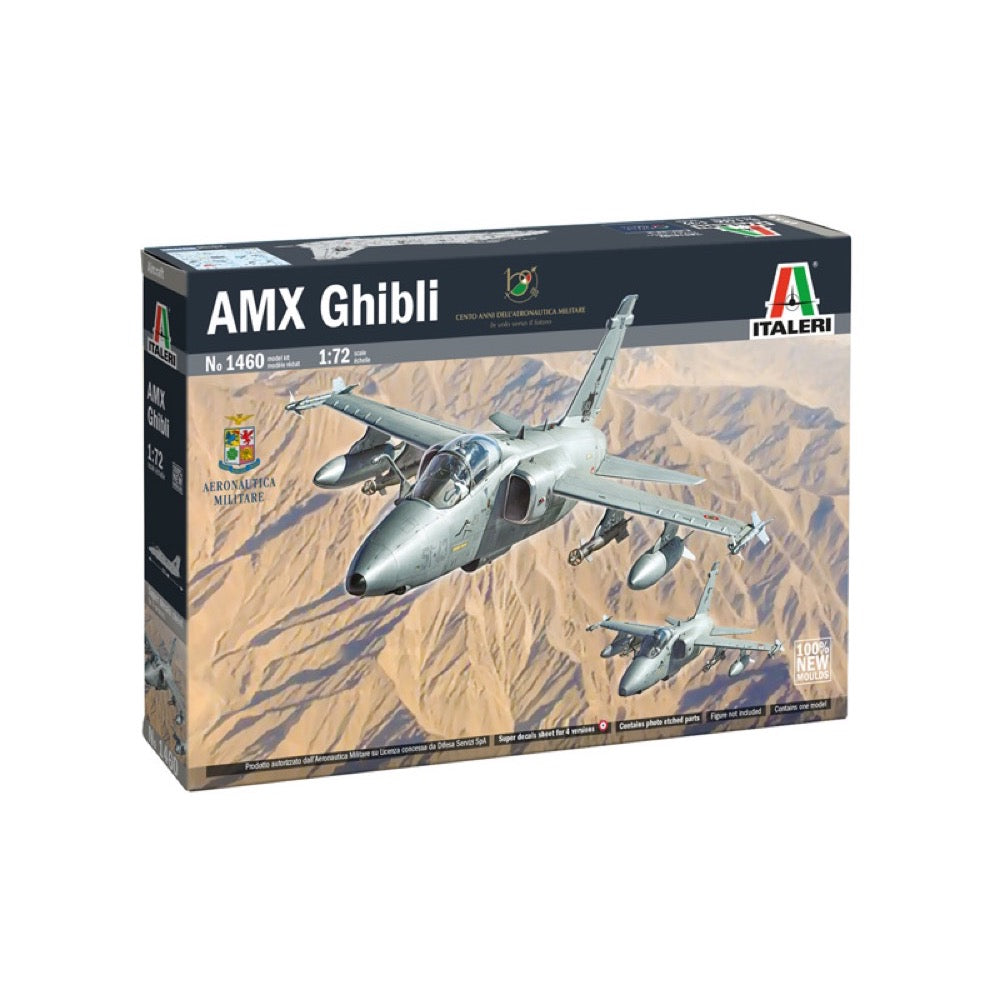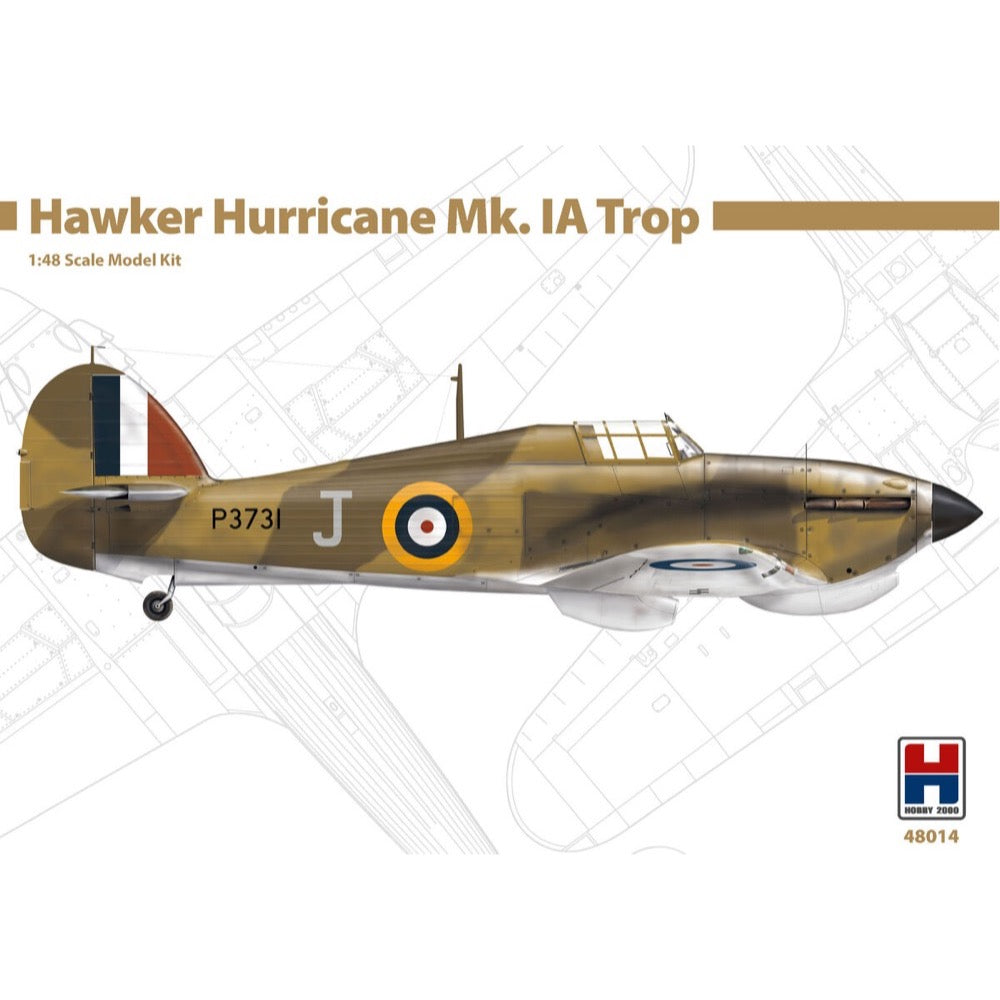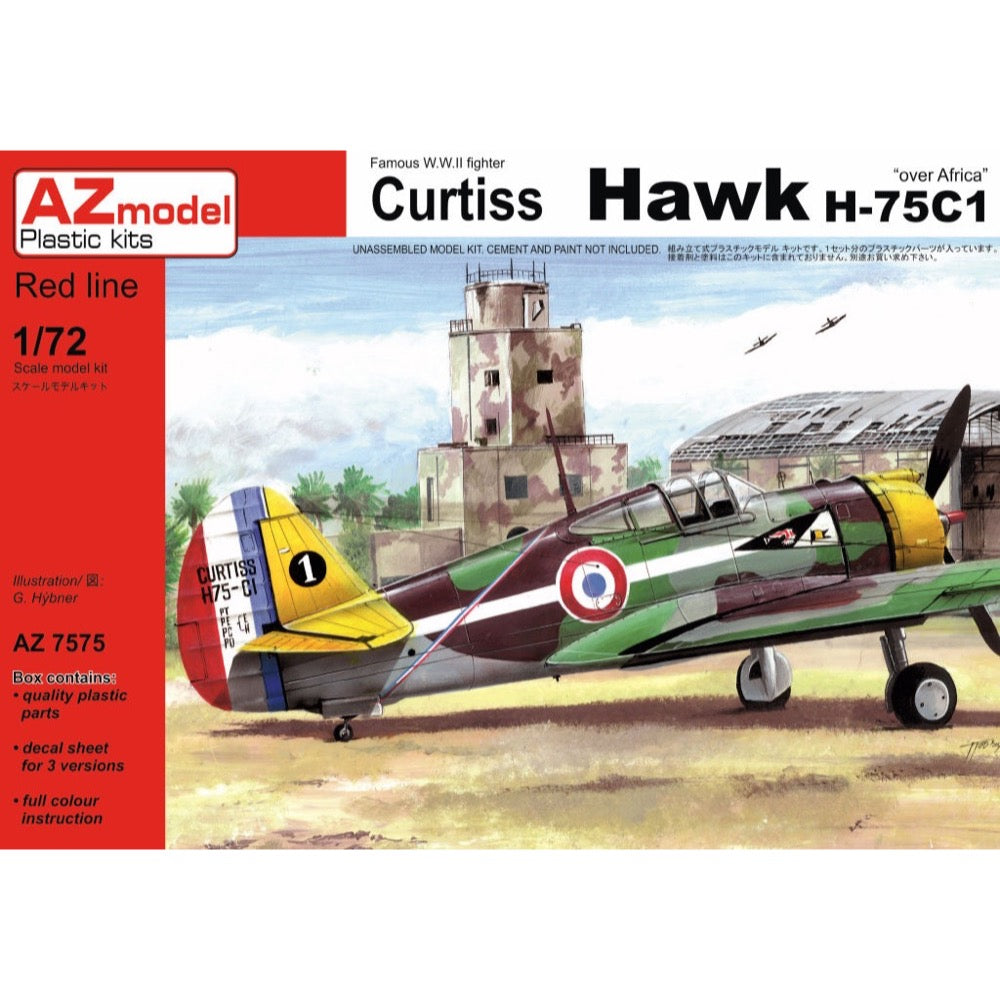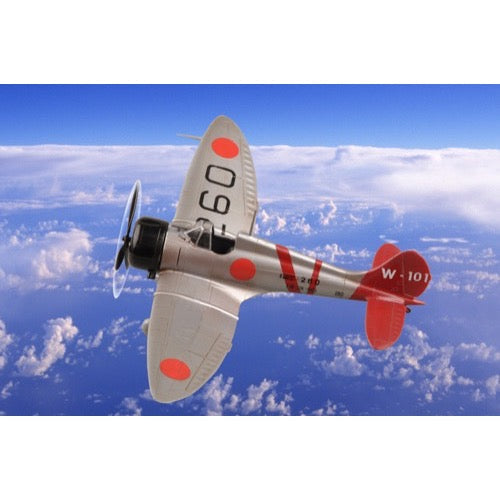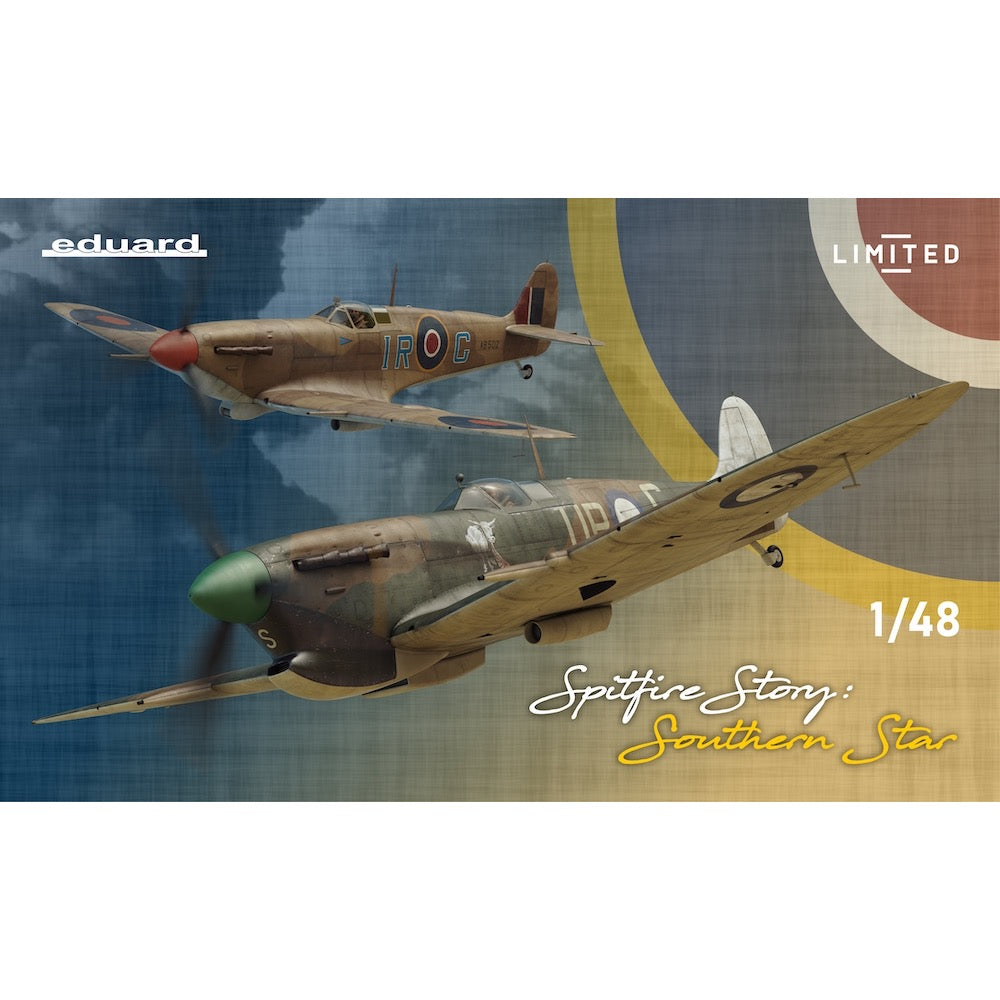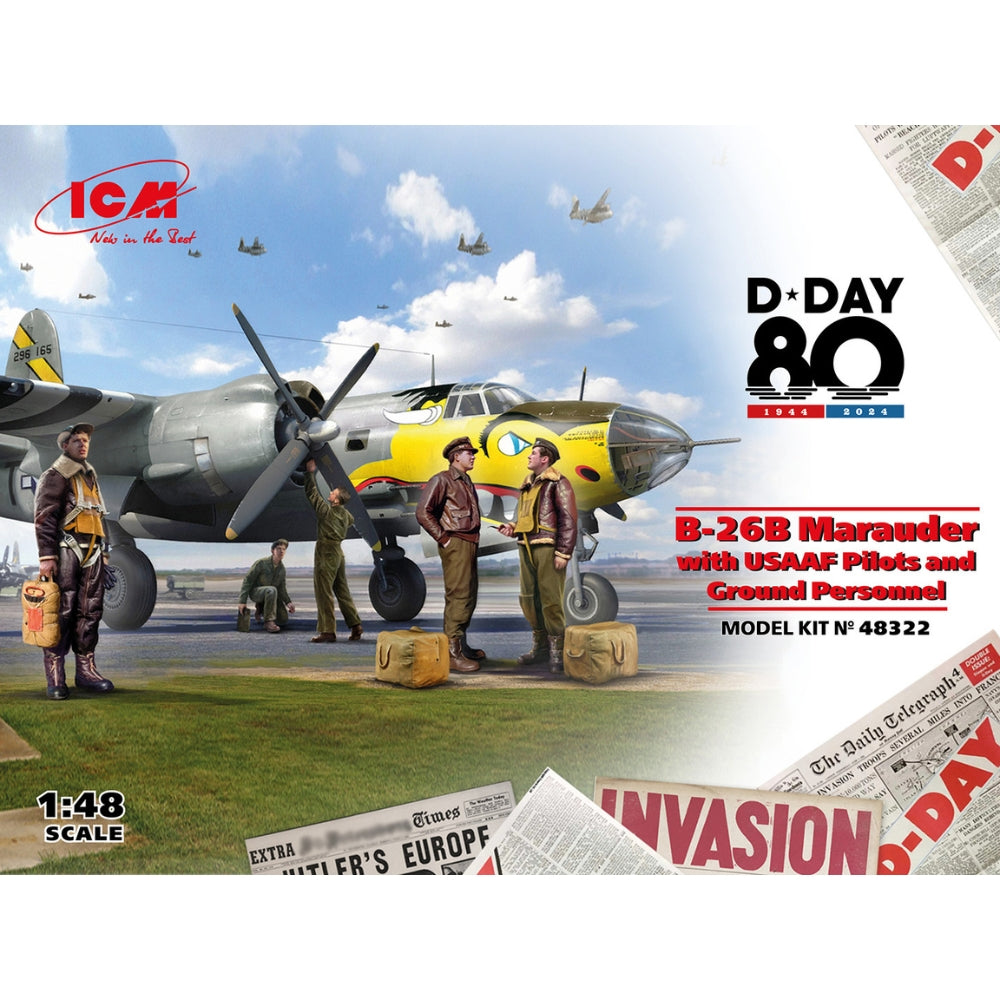
ICM 48322 1/48 Martin B-26B Marauder with USAAF Pilots and Ground Personnel
87.00
$
<h3>B-26B Marauder with USAAF Pilots and Ground Personnel</h3>
<p>The first prototype of the B-26 bomber got off the ground on November 25, 1940, and it was adopted by the U.S. Air Force in February 1941. During its servicing, the design of the bomber was constantly changed to improve its flight and combat characteristics. The latest modification, the B-26B Marauder (B-26B-55-MA), was produced until February 1944. These aircraft actively participated in U.S. operations in Europe, initially based in Britain, and from the second half of 1944, on the mainland of Europe. The air raids inflicted significant damage on the enemy’s economy and required considerable effort from their air defence forces. B-26B Marauder bombers also played an active role in the preparation and execution of the strategic airborne operation “Overlord” – the Allied landing in Normandy. On D-Day, June 6, 1944, bombers of the 9th U.S. Air Force (including the B-26B Marauder) were airborne. The aircraft bombed coastal batteries, bridges, railway junctions, and other targets. The massive raids continued for several days after the invasion, with up to four hundred Marauders participating simultaneously.</p>
<div><strong>Scale</strong></div>
<div>1:48</div>
<div></div>
<div>
<div><strong>Model size (length x width)</strong></div>
<div>387 x 454 mm</div>
<div></div>
<div>
<div><strong>Box size</strong></div>
<div>410 x 260 x 55 mm</div>
<div></div>
<div>
<div><strong>Number of details</strong></div>
<div>398</div>
</div>
</div>
</div>
<!---->
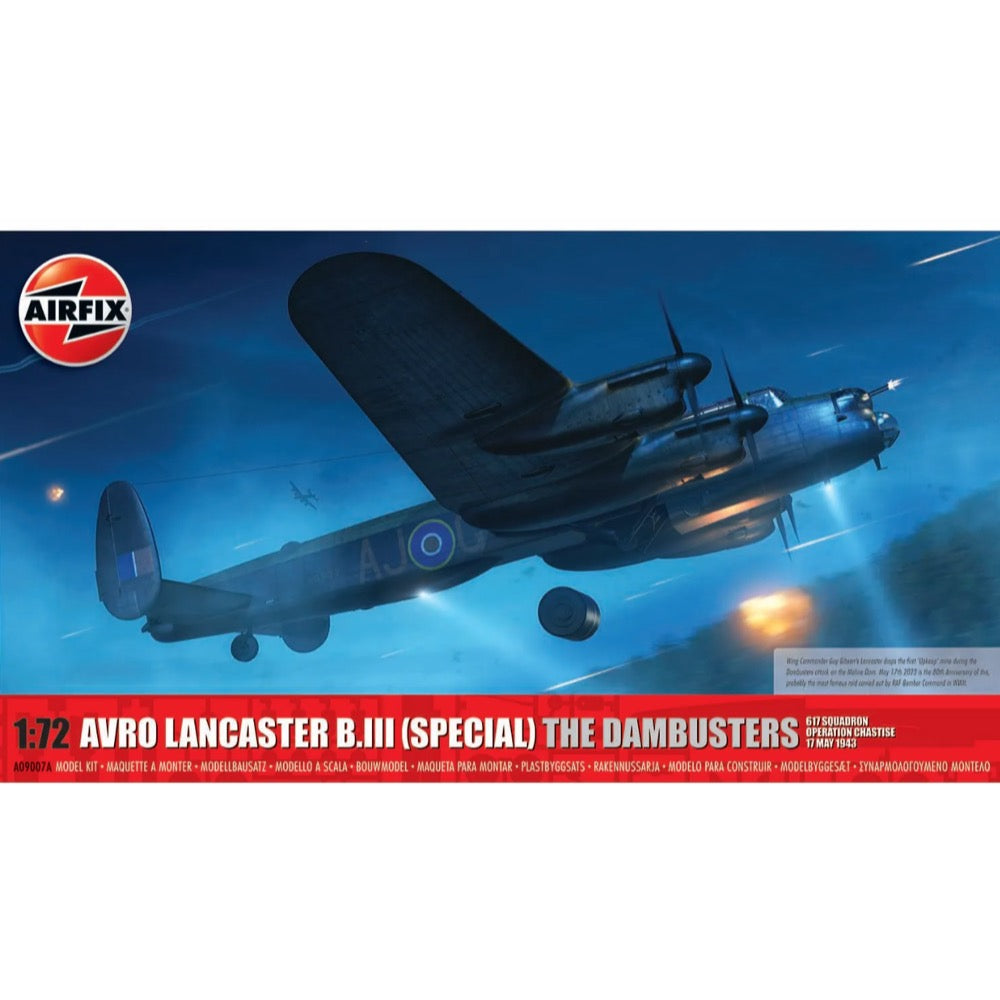
Airfix 09007A 1/72 Avro Lancaster B.III Special The Dambusters
40.00
$
<p>Following a short but intense period of training, the volunteer group of crack airmen who made up the new RAF No.617 Squadron took off from RAF Scampton on the night of 16th/17th May 1943, at the start of the most audacious bombing raid in history.</p><p>Led by their enigmatic and inspirational commanding officer Guy Gibson, he is reputed to have said, 'This squadron will either make history, or it will be completely wiped out', but nevertheless, every man was determined to play their part in this historic raid. Nineteen 'Special' Lancaster's and their crews sent a message to the German nation that could not be disguised by their propaganda ministers.</p><h3>Specifications</h3><ul>
<li>Item Length - Without Packaging (cm): 30.2</li>
<li>Item Height - Without Packaging (cm): 8.68</li>
<li>Item Width - Without Packaging (cm): 43.2</li>
<li>How many pieces will be found in the box opened by the customer?: 267</li>
<li>Item Scale: 1:72</li>
<li>License line: BAE SYSTEMS is a registered trade mark of BAE Systems plc.</li>
<li>Contents (what's in the box) sets: Plastic model kit, instruction sheet, paint layout sheet and decals.</li>
<li>Finish: Plastic</li>
<li>Number of Scheme options: 2</li>
<li>Skill Level: 3</li>
<li>Flying Hours: 3</li>
<li>Wingspan (mm): 432</li>
</ul>
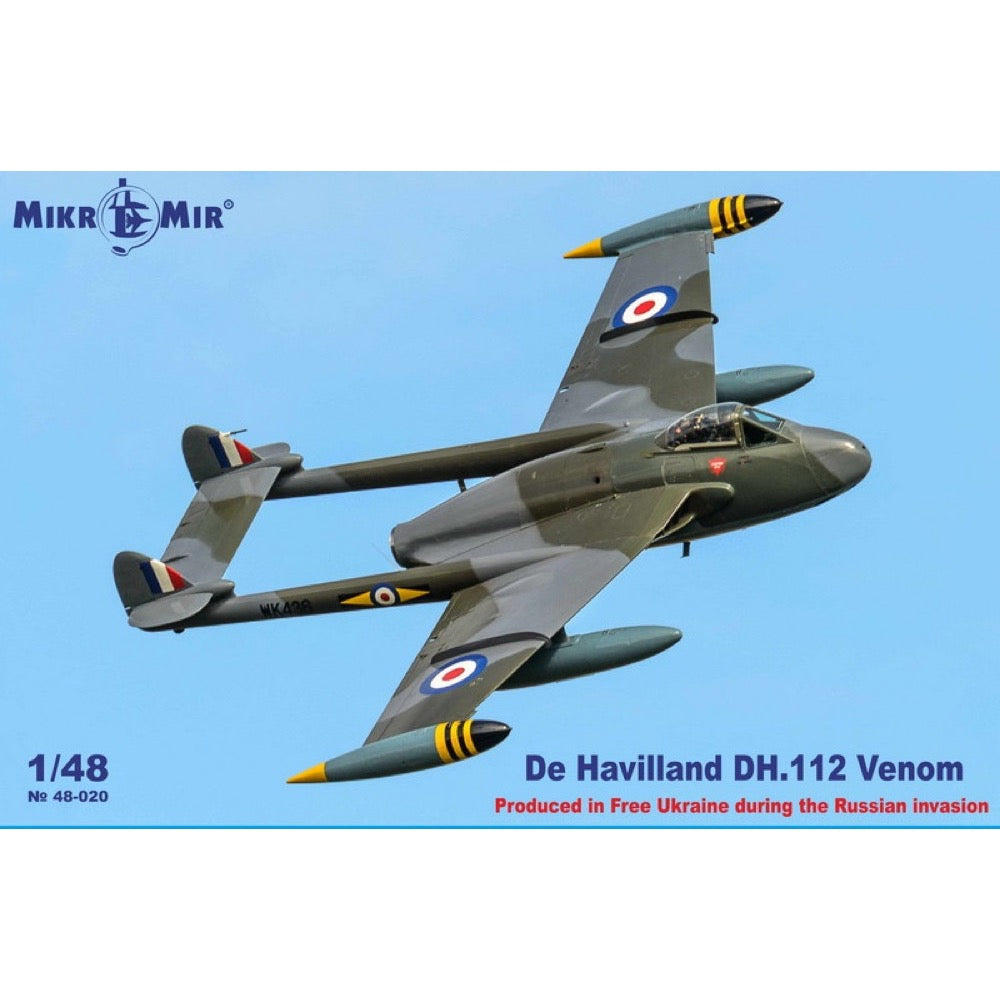
Mikro-Mir 48-020 1/48 De Havilland DH 112 Venom
33.00
$
<p>The de Havilland DH 112 Venom is a British post-war single-engined jet aircraft developed and manufactured by the de Havilland Aircraft Company. Much of its design was derived from the de Havilland Vampire, the firm's first jet-powered combat aircraft.</p>
<p>The Venom entered service with the Royal Air Force (RAF), where it was used as a single-seat fighter-bomber and two-seat night fighter. A dedicated model for aerial reconnaissance was also operated by the Swiss Air Force. The Venom functioned as an interim stage between the first generation of British jet fighters – straight-wing aircraft powered by centrifugal flow engines such as the Gloster Meteor and the Vampire – and later swept wing, axial flow-engined combat aircraft, such as the Hawker Hunter and de Havilland Sea Vixen. Accordingly, the type had a relatively short service life in the RAF, being withdrawn from frontline operations by the service in 1962 as a result of the introduction of more capable designs. However, it was used in combat during the Suez Crisis, the Malayan Emergency, and the Aden Emergency.</p>
<p>The Venom proved to be popular on the export market, being sold in substantial numbers to Iraq, New Zealand, Sweden, Switzerland and Venezuela. The Swiss Air Force was the last active military operator of the Venom, retiring their last examples during 1983. Large numbers of ex-military Venoms have since been acquired by private entities and several have continued to fly, performing aerial displays at various air shows, while many examples have been preserved in static display conditions in museums and as gate guardians. A specialised derivative, the Sea Venom, was produced as a navalised version of the aircraft suitable for carrier operations.</p>
<h3>Features</h3>
<ul>
<li>
<p>Scale: 1/48</p>
</li>
<li>
<p>Material: Plastic</p>
</li>
<li>
<p>Paint: Unpainted, Unassembled, Kit do not contain paints and glue.</p>
</li>
<li>
<p>comes with photo-etched parts and 2 types of decals.</p>
</li>
<li>
<p>When completed, the total length will be about 202mm and the total width will be about 265mm.</p>
</li>
<li>
<p>The ailerons, rudder, and elevator are separate parts, and the canopy can be opened or closed.</p>
</li>
<li>
<p>Comes with a drop tank suspended under the wing.</p>
</li>
<li>
<p>The inside of the cockpit and the engine intake duct are precisely reproduced.</p>
</li>
</ul>
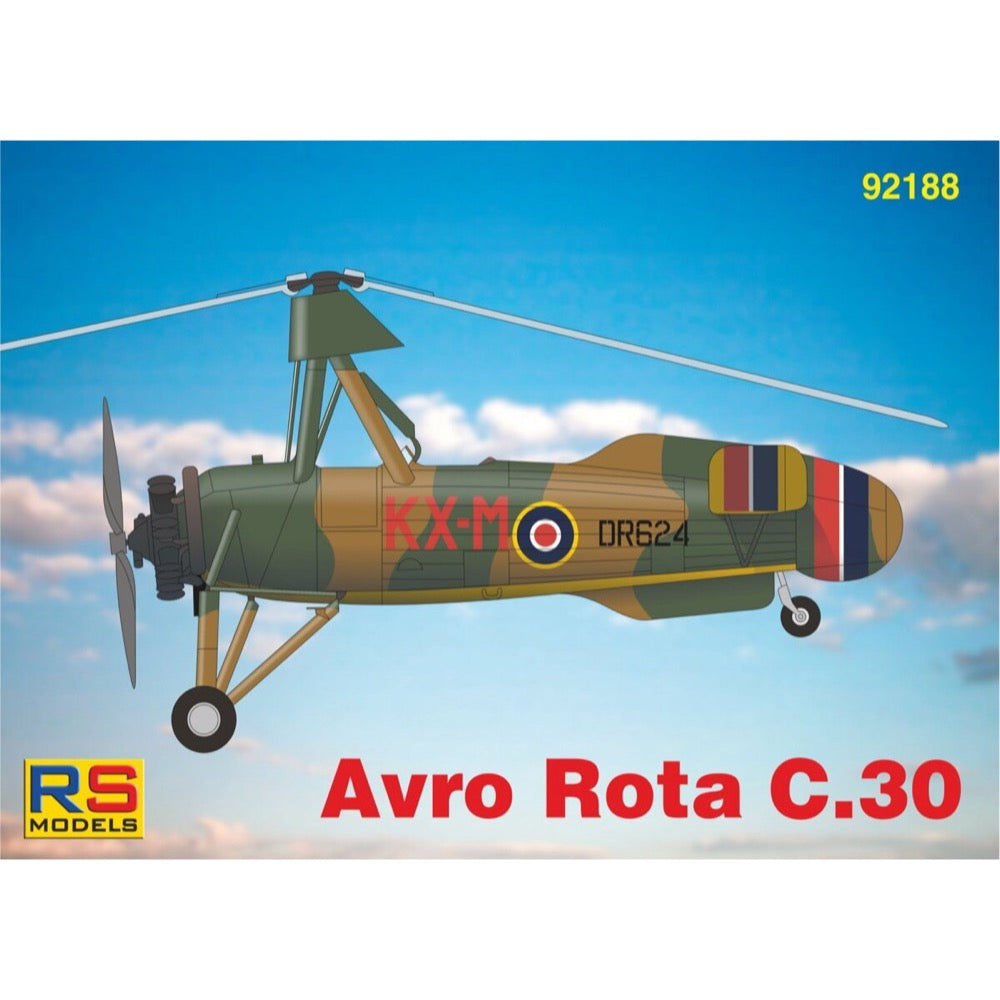
RS Models 92188 1/72 Avro Rota C.30 Decals RAF
15.00
$
<p>The fabric-covered fuselage carried an unbraced tailplane, without elevators but with turned-up tips. The port side of the tailplane had an inverted aerofoil section to counter roll-axis torque produced by the propeller. As with most autogyros, a high vertical tail was precluded by the sagging resting rotor, so the dorsal fin was long and low, extending well aft of the tailplane like a fixed rudder and augmented by a ventral fin. The wide-track undercarriage had a pair of single, wire-braced legs and a small tail wheel was fitted. This model flew in April 1933. It was followed by four improved machines designated C.30P (P here for pre-production) which differed in having a four-legged pyramid rotor mounting and a reinforced undercarriage with three struts per side. The rotor could be folded rearwards for transport. The C.30P used the more powerful (140 hp, 104 kW) seven-cylinder Armstrong Siddeley Genet Major IA radial engine.</p>
<h3>4 decal variants:</h3>
<ul>
<li>Avro Rota Mk.I, RAF, Great Britain, 1941</li>
<li>Avro C.30, Czechoslovakia 1935</li>
<li>Avro C30A, Yugoslavia 1939</li>
<li>Avro C.30, Norway 1935</li>
</ul>
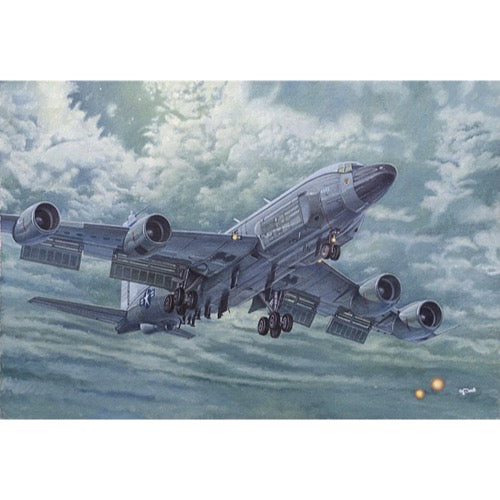
Roden 349 1/144 Boeing RC-135U with Rivet Joint
26.00
$
<p>In the late 1950s, due to a significant breakthrough in the field of compact electronics, it became possible to install various types of equipment to conduct electronic reconnaissance in the air. One of the most famous aircraft for this purpose, which has been in active service for more than 60 years, is the Boeing RC-135, developed from the C-135 Stratolifter transport aircraft. During this long period, therehave been a number of changes in the reconnaissance equipment installed on the aircraft, and therefore it isprobably the main basis for new modifications, now consisting of 15 different types from the RC-135A to the RC-135W.</p>
<p>In 1973, six RC-135C aircraft were rebuilt to the new RC-135V standard. The new aircraft was distinguished from its predecessors by an unusually elongated nose, in which AN/AMQ-15 reconnaissance equipment was installed. The aircraft also had a large number of external antennas under the fuselage, above it, and at the rear.</p>
<p>Similarly, in the early 1980s, all RC-135M aircraft were redesigned to the RC-135W standard. The RC-135V and RC-135W were generally very similar in appearance to the earlier variants, and only a few slight differences in their external antennas distinguished them. Both versions were given the common proper name Rivet Joint and have been a major type of electronic reconnaissance aircraft in the United States Air Force for more than 40 years. Their main task is to identify the enemy’s air defenses, to locate and track sources of radio emission in all possible ranges, and to intercept communication between command posts and enemy aircraft.</p>
<p>To carry out these tasks, the aircraft crew includes a number of specialists in radio interception and surveillance of potential enemy objects on land, in the air and at sea. In addition, a special analytical group processes all the results obtained and every two minutes gives an informational summary of the intelligence results. In case of emergency, this time interval can be significantly reduced, up to one report every 10 seconds. The specialists also include two operators for the detection of non-standard signals and previously unknown radio sources, given the possibility of the enemy employing new technologies and techniques.</p>
<p>Aircraft of this type usually perform tasks paired with the E-3 AWACS long-range radar aircraft, transmitting to them all information collected during the flight through a special coded communication channel. The latest equipment installed on the RC-135V and RC-135W adds the ability to obtain additional information about enemy air targets from satellites in space.</p>
<p>Active use of the RC-135V and RC-135W began immediately after their adoption in the 1970s and continues to this day. Apart from the US Air Force, aircraft of this type are also operated by the Royal Air Force of the United Kingdom.</p>
<h3>Features</h3>
<ul>
<li>
<p>Long-nosed RC-135 fuselage</p>
</li>
<li>
<p>Cockpit is not included though cockpit cover is molded in clear</p>
</li>
<li>
<p>Cheek pods are molded separately</p>
</li>
<li>
<p>4 x CFM-56 engines</p>
</li>
<li>
<p>Landing gear can be posed up or down</p>
</li>
<li>
<p>Nice array of antennas for the top and underside of the fuselage</p>
</li>
</ul>
<h3>Decals</h3>
<ul>
<li>
<p>RC-135V, 61-14845, deployed to RAF Mildenhall in early 2022</p>
</li>
</ul>
<p> </p>


